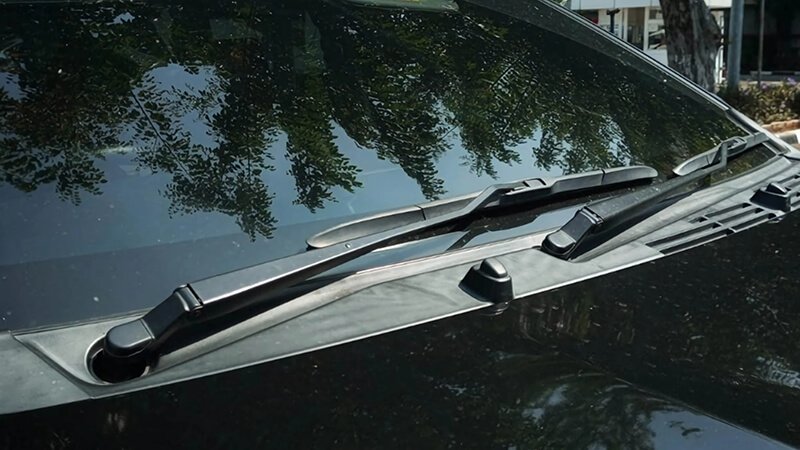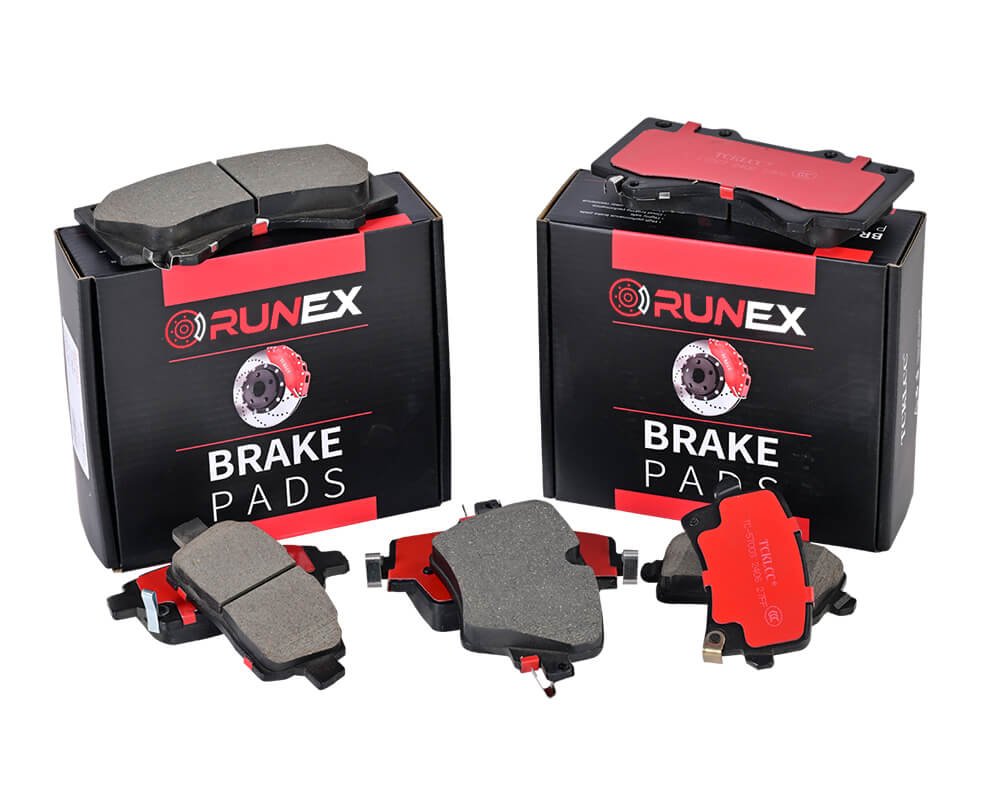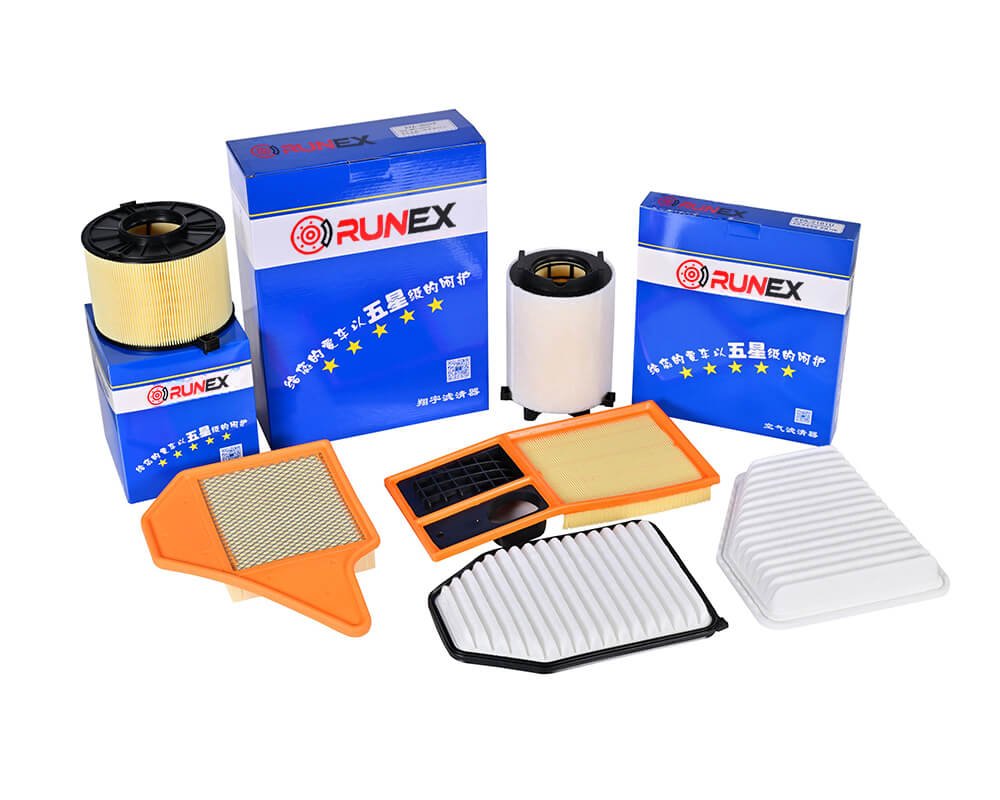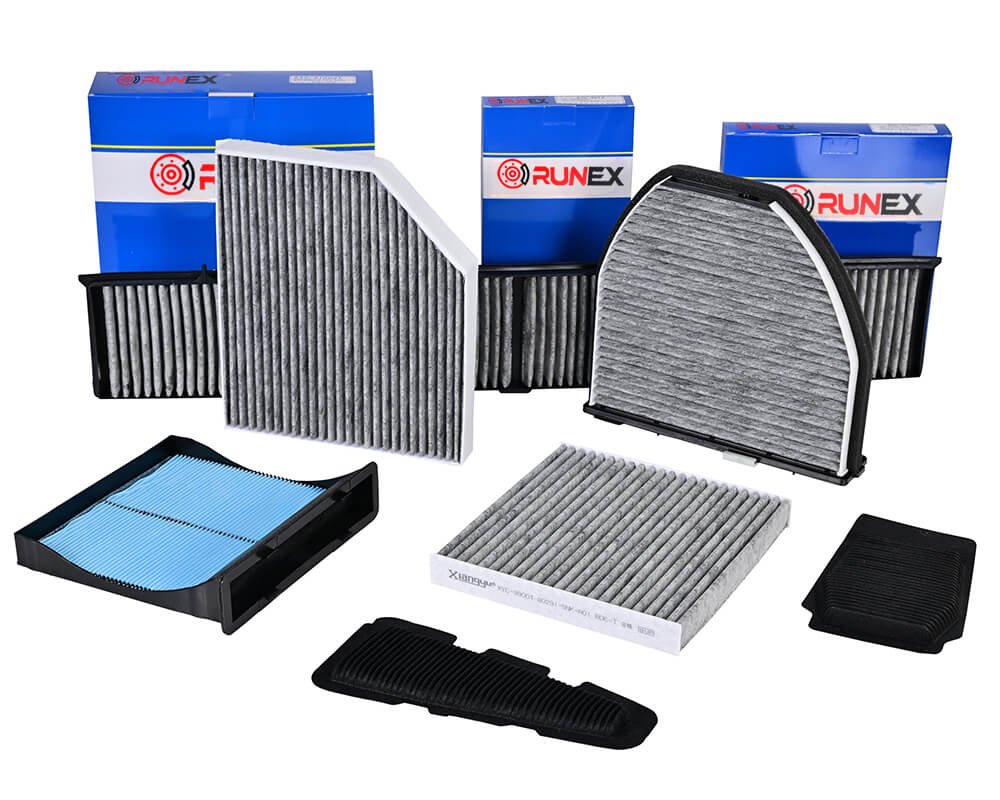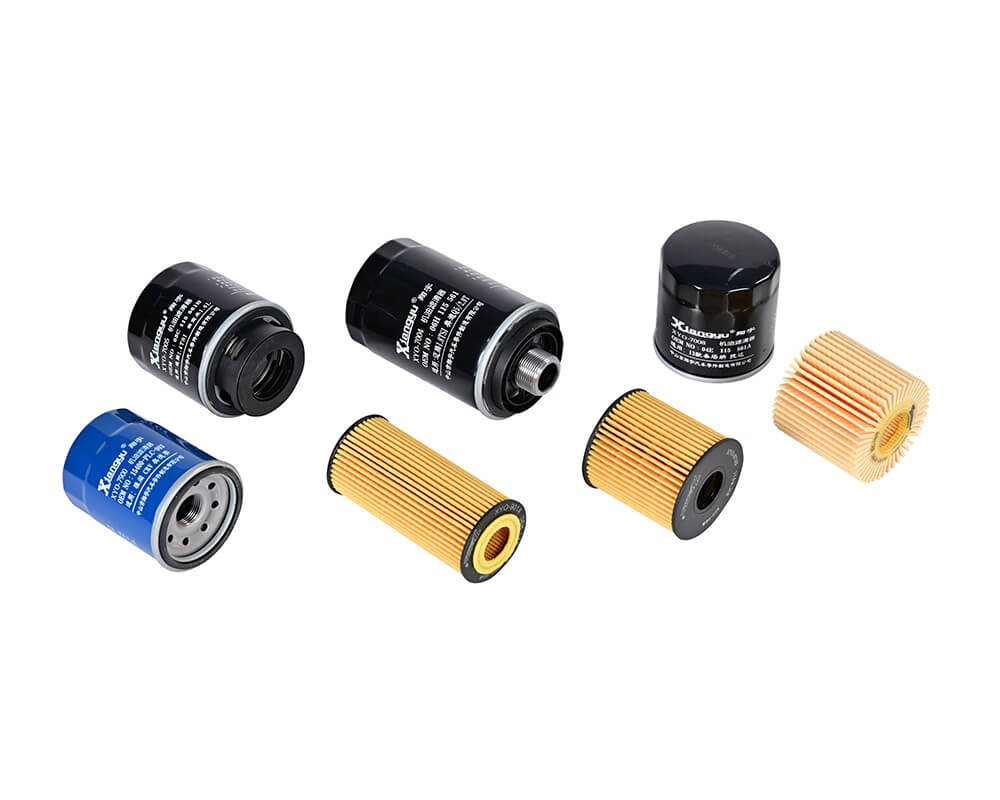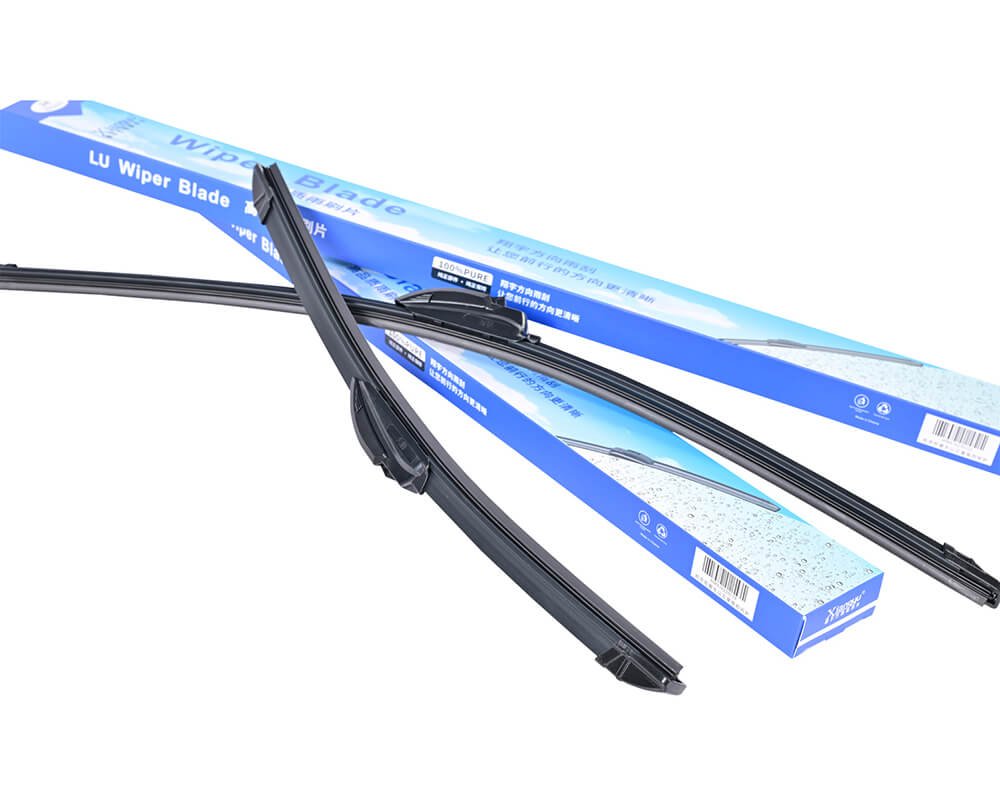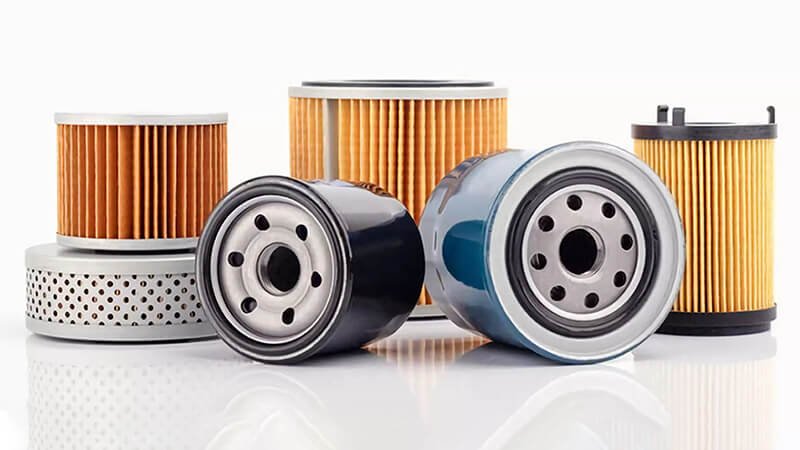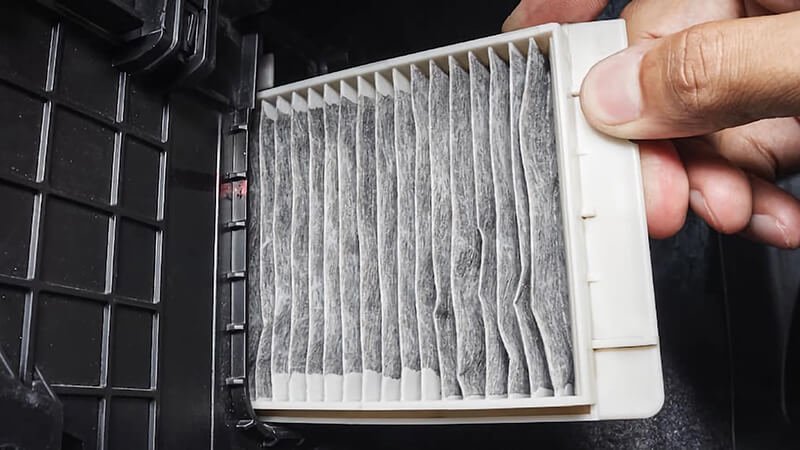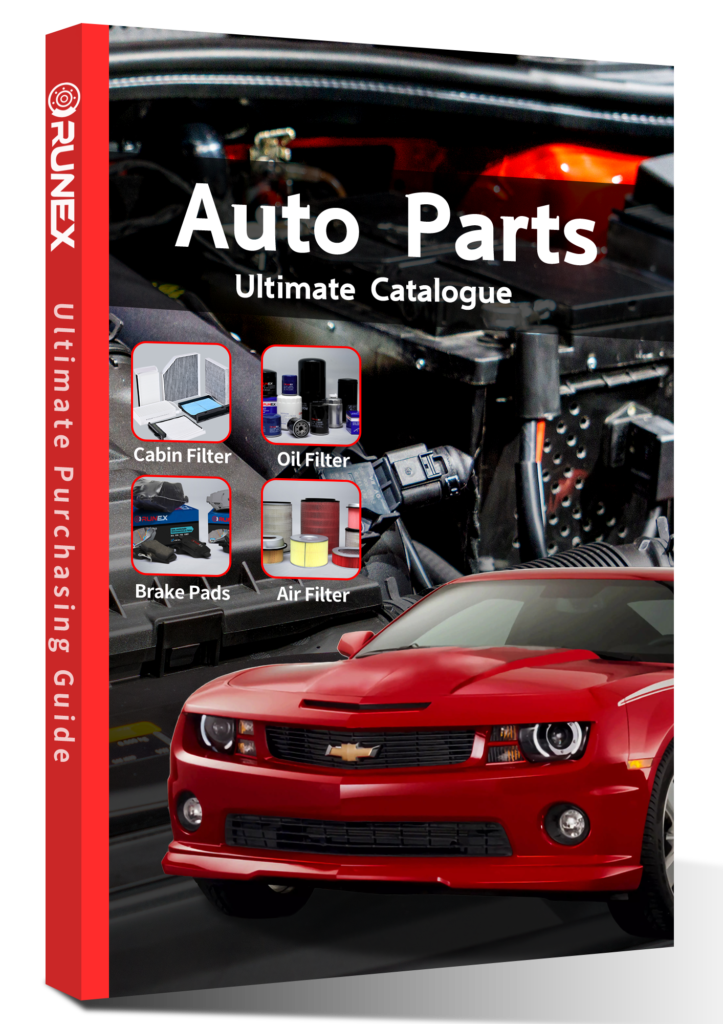Struggling with wipers that wobble or lift off at high speeds? You're not alone. This issue is often overlooked—but it's also easily fixed.
To tighten a windshield wiper retaining nut, remove the cap, snug the nut by hand, then use a torque wrench to secure it to OEM specs. This prevents wobble, poor contact, and high-speed lifting.
If your wipers aren’t staying put or if they're chattering across the glass, the retaining nut is likely too loose. I’ve helped many clients fix this with one simple trick—and it starts with proper torque.
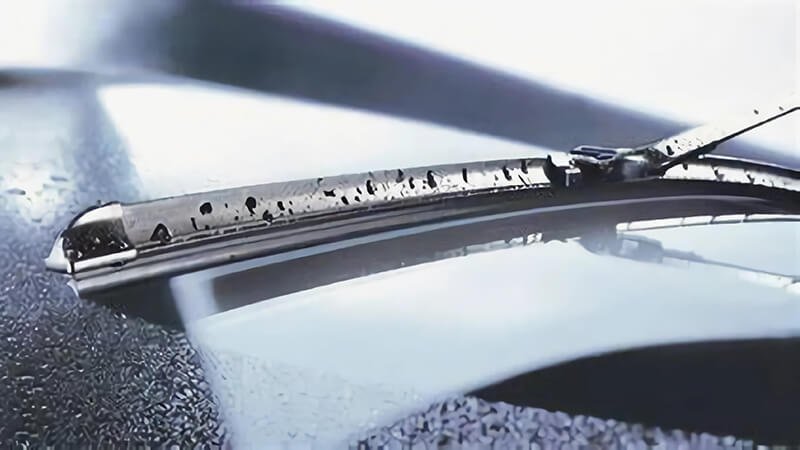
How to tighten windshield wiper nut?
Many installers skip the torque wrench, assuming finger-tight is enough. It's not. Loose wipers don’t just look bad—they fail when you need them most.
To tighten the wiper nut, lift the cap at the wiper arm base, use a socket to snug the nut, then torque it slightly beyond snug to match OEM recommendations.
Why this matters for Runex Auto wipers
Runex Auto’s wiper arms1 are engineered for long-term durability, but performance relies on correct installation. A recent bulk buyer complained about poor blade pressure. When we inspected the returns, we found the arms weren’t torqued properly—just hand-tightened. That reduced downforce, causing streaking and chatter.
Common Mistakes and Fixes
| Mistake | Symptom | Fix |
|---|---|---|
| Hand-tight only | Wiper wobbles, lifts at speed | Torque to OEM spec |
| Over-tightening | Stripped threads, bent arm | Use a torque wrench |
| Ignoring washer seating | Uneven pressure on windshield | Ensure flush washer surface |
Proper torque not only protects our product—it protects your customer’s driving visibility. That’s why I always tell buyers: snug it, torque it, test it.
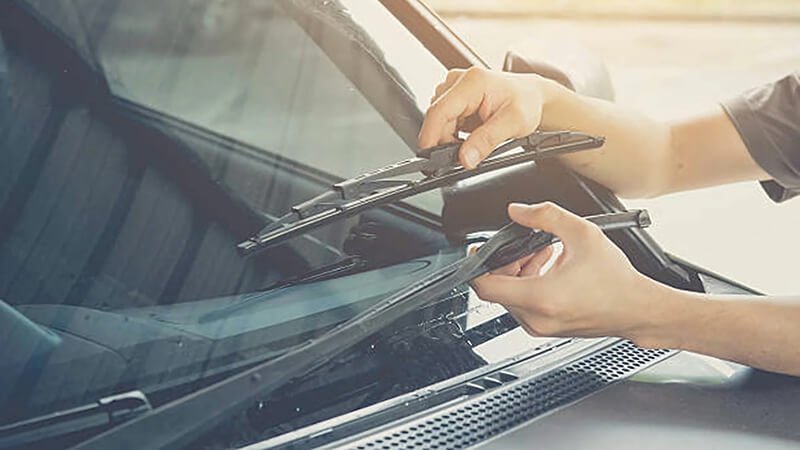
How to fix loose rubber on windshield wiper?
Even with a tight arm, poor blade-to-glass contact can happen. Often, it’s a rubber issue—not the arm.
If the rubber wiper insert is loose or flapping, remove it, inspect the claw grip, and slide in a new insert firmly until both ends are locked.
Why this shows product quality
At Runex Auto, we source silicone-hybrid and all-season rubber2 that resists fraying and slip-outs. But installation still matters. A poorly seated blade will flap in the wind. Once, one of our UK distributors complained about “useless wipers.” It turned out the installer didn’t slide the rubber fully into the claw channel.
How to inspect and fix it
- Remove the blade: Press the release tab and slide it off.
- Inspect the rubber: Check for cracks or separation from the claw.
- Re-insert or replace: Push a new rubber insert into both ends, ensuring it's seated in the channel.
- Lock it in: You’ll feel a slight snap or resistance at the end clips.
Our blades include installation markings and orientation arrows3. These reduce user error and returns. We also offer private-label insert kits for clients who rebrand under their own name—adding value without extra cost.
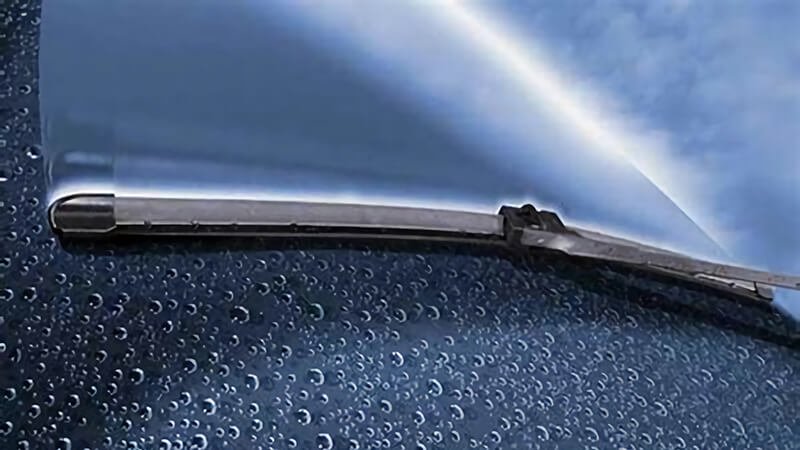
How to tighten back windshield wiper?
Rear wipers tend to get less attention—but they suffer just as much, especially in winter.
To tighten a rear wiper, remove the cover cap, use a socket wrench to secure the nut, then lower the arm back into place. Always test sweep range manually.
Why rear wiper installs fail more often
Unlike front wipers, rear ones are often shorter, spring-loaded, and hidden under plastic shrouds. Technicians skip rear inspections during fleet servicing. I had a German client dealing with rear wiper arms flopping after snow buildup. The issue? The retaining nut wasn’t even finger-tight.
Rear wiper torque chart example (Runex OEM spec)
| Vehicle Type | Rear Wiper Nut Torque | Runex Blade Model |
|---|---|---|
| Compact Hatchback | 10 Nm | RX-R310 |
| Mid-size SUV | 13 Nm | RX-S280 |
| Commercial Van | 15 Nm | RX-V250 |
Our rear wipers come with reinforced pivot brackets4. These reduce stress from snow weight and carwash brushes—but only if the arm is tightened properly. Loose installations cancel out those design advantages.

Why does my windshield wiper keep falling off?
If your wiper falls off while driving, that’s a red flag. It’s not just annoying—it’s dangerous.
Wipers usually fall off due to loose retaining nuts, damaged splines, or incorrect blade attachment. Check the nut, inspect arm fit, and confirm blade compatibility.
Troubleshooting a dropout
This issue is more common than most admit. A client in Ireland reported his blades “flying off” at highway speed. After investigation, we found the splines were stripped on the arm—caused by repeated overtightening by his tech team.
Checklist to prevent wiper detachment
- Inspect splines5: Look for wear or rounded teeth on the pivot.
- Use correct nut torque6: Overtightening damages soft alloy arms.
- Match blade fitting: Runex offers J-hook, side-pin, bayonet—always double-check.
| Problem Cause | Symptom | What to Do |
|---|---|---|
| Loose nut | Arm lifts or swings freely | Retorque with wrench |
| Stripped pivot splines | Blade slips off even after tightening | Replace arm entirely |
| Incorrect adapter | Blade clicks in but falls on first sweep | Use correct Runex adapter |
We package each wiper with a fitment guide and 3 adapters per box. This reduces confusion at the point of install. We also run annual training webinars for our wholesale partners' tech teams. When they understand the “why,” they stop blaming the product.

Conclusion
Windshield wipers may seem simple, but every part—from nut to blade—matters. Loose retaining nuts, misfitted rubber, or rear arm neglect can turn into customer complaints and costly returns. At Runex Auto, we design for durability and back it with real support. Tightening a nut might seem like a small thing, but when done right, it protects your reputation—and ours. We don’t just sell parts. We help you get the install right, every time.
-
Understanding proper installation techniques for wiper arms can enhance performance and longevity, ensuring safety on the road. ↩
-
Explore this link to understand how silicone-hybrid and all-season rubber enhance wiper performance and durability. ↩
-
Discover how these features can simplify the installation process and reduce user errors. ↩
-
Exploring reinforced pivot brackets can reveal how they enhance durability and functionality, especially in challenging weather conditions. ↩
-
Understanding how to inspect splines can prevent costly wiper detachment issues and ensure safety on the road. ↩
-
Learning about the importance of correct nut torque can help maintain wiper integrity and prevent accidents. ↩

